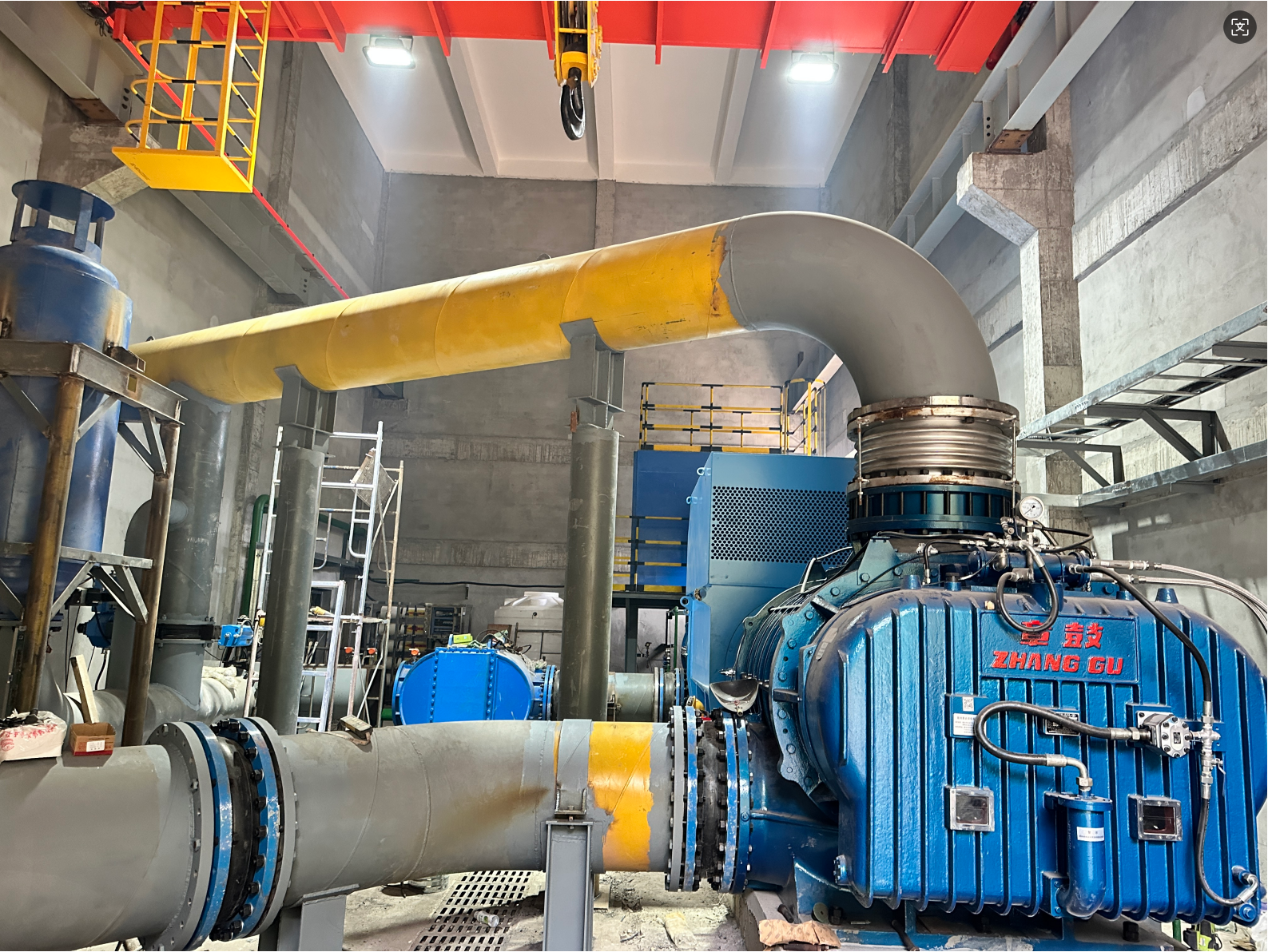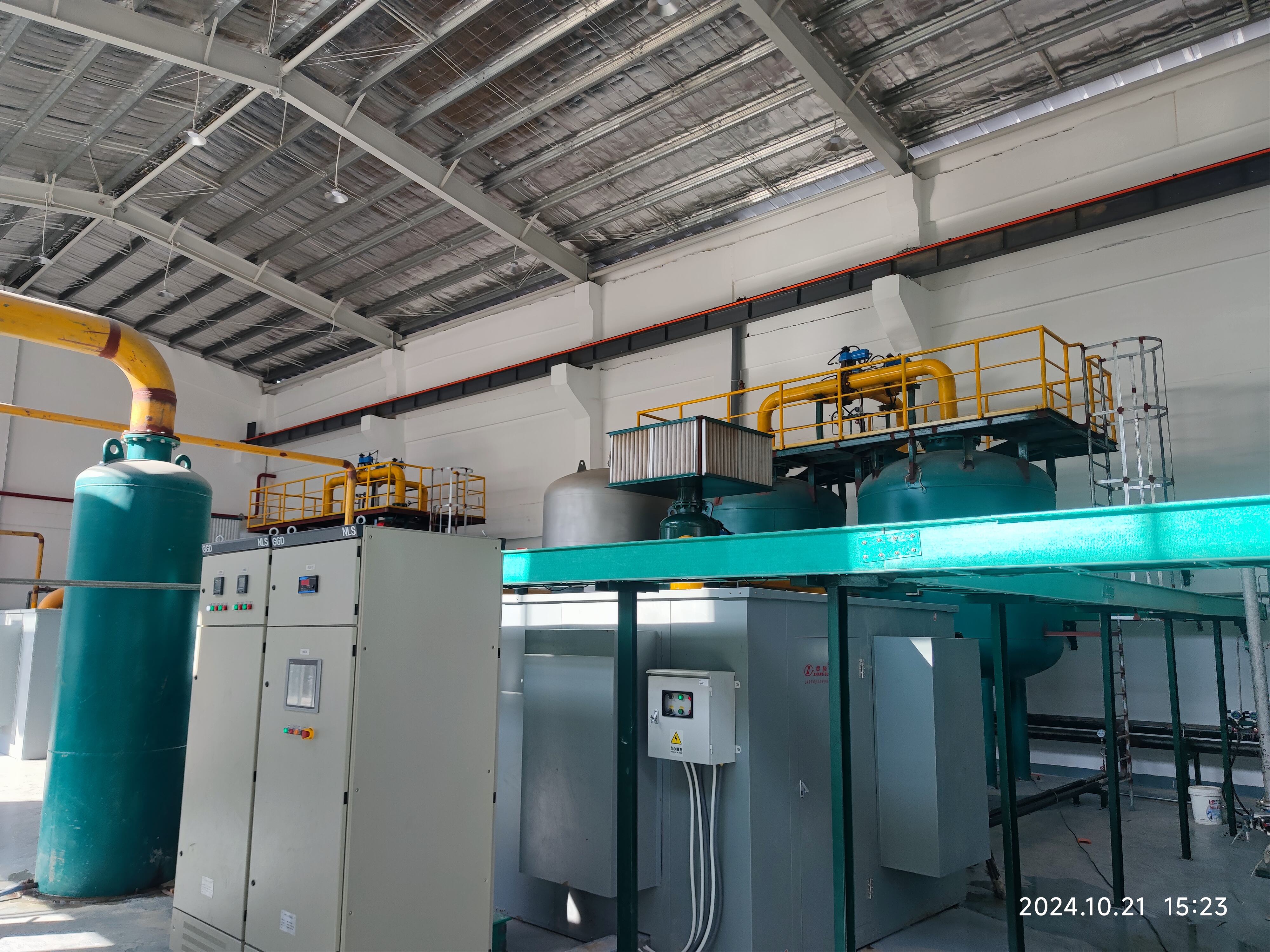largescale adsorption oxygen production
Large-scale adsorption oxygen production is an advanced industrial process that efficiently separates oxygen from atmospheric air using specialized molecular sieve materials. This technology operates on the principle of pressure swing adsorption (PSA), where nitrogen and other gases are selectively captured while oxygen passes through. The system consists of multiple adsorption towers filled with zeolite molecular sieves, working in alternating cycles to ensure continuous oxygen production. The process begins with compressed air being forced through the molecular sieve beds, where nitrogen molecules are trapped while oxygen molecules flow through. Once a bed becomes saturated, the system automatically switches to a regeneration phase while another bed takes over the separation process. Modern large-scale adsorption oxygen plants can achieve oxygen purity levels up to 95%, with production capacities ranging from 100 to 20,000 Nm³/h. The technology incorporates sophisticated control systems that monitor and optimize operational parameters, ensuring consistent output quality and energy efficiency. This method has become increasingly popular in various industries, including metallurgy, chemical manufacturing, medical facilities, and wastewater treatment plants.


